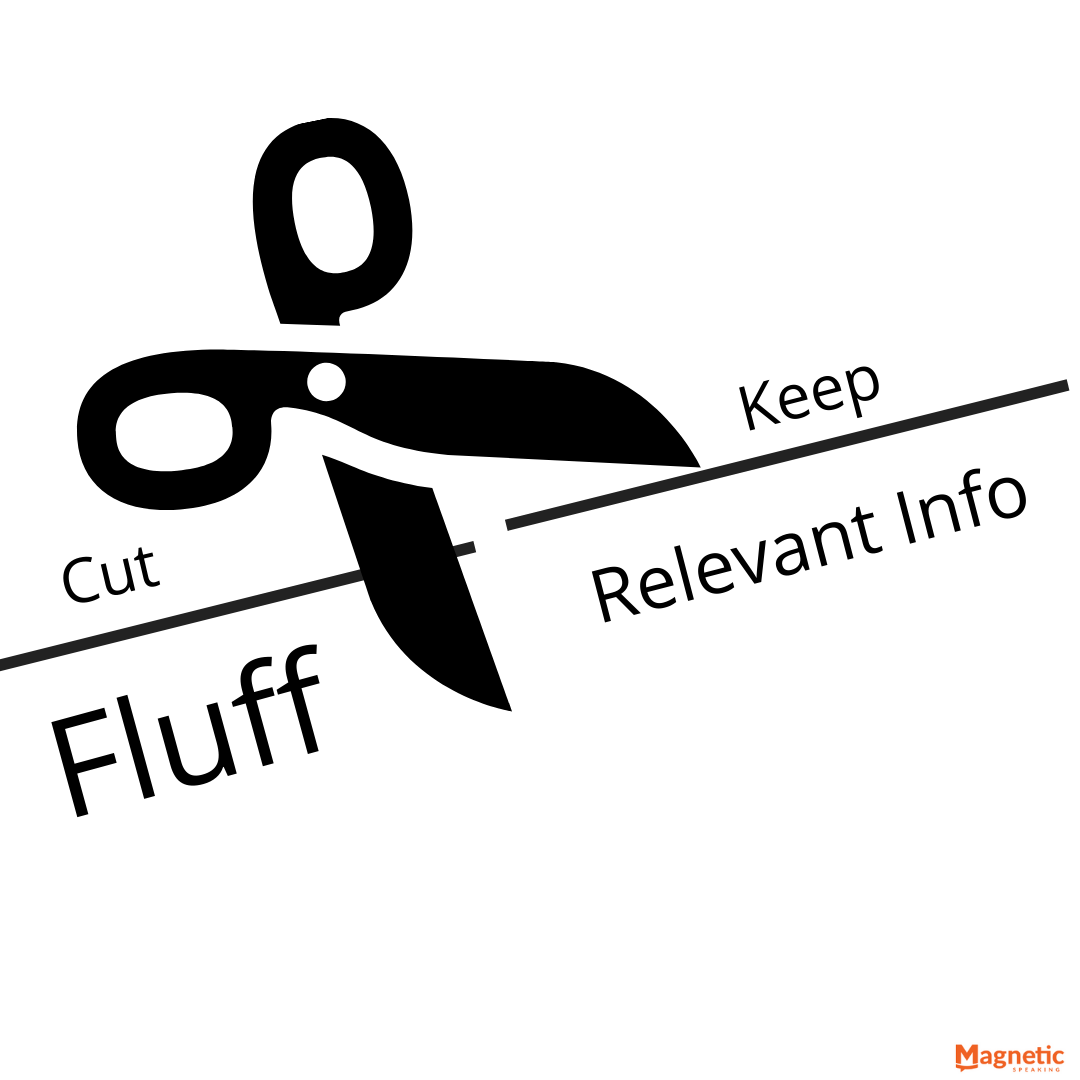An executive presentation is a presentation you do for executives. They are different from any other presentation.
One time an engineer at Tesla told me how scary it is to present to Elon Musk. He said, “you barely go through the first 5 slides of 50 in the allocated time.” He said Elon Musk wanted to get to the point right away and then dig deeper into some of the key and relevant issues instead of everything else.
That didn’t surprise me. . If you want to work with and present to powerful executives, then you must not waste their time or bore them with irrelevant information during the presentations. This doesn’t mean that the executives are cold, it’s just that they need some specific information to make a decision during that presentation.
If you want to stand out as a sharp presenter, then you need to respect the executive’s time and present to them as executives and not as your colleagues.
Because executive presentations are different from normal work presentations. I put together 4 tips below to help you be ready for your next one when it happens.
Tip #1: Cut the Fluff from any executive presentation

Executives will not be interested in your pipetting technique or in the fact that you get good ideas while in the shower. They are interested in facts, data, and sound analysis. That way they can use what you said to make sound business decisions.
This doesn’t mean that they are not sociable. Quite the opposite, I know many high-powered executives and they love having a good time outside an important presentation meeting.
During the presentation they want to know: Why are you there? Why is it important? What is the background? What are the key takeaways? How are you planning to go forward? Then be ready for a healthy discussion with them. Typically there are 7 questions that you need to answer in the executive presentation to get to the meat of the matter.
Tip #2: Start with the Bottom Line (ie executive summary)

Military leaders get trained to communicate with Bottom Line Up Front methodology. This is crucial because in wartime you are expected to make life and death decisions fast; Having the most important information upfront will give you an advantage.
Executives don’t have to make life and death decisions, however, the urgency and pressure they are under make it feel so. So instead of bogging them down into the details, start with the bottom line results first.
You can accomplish this bottom-line approach by using an executive summary slide before you dive into your presentation.
What do you include in the executive summary?
Answer: The most important pieces of information.
Of course, what’s important will vary with the topic and decision to be made. Make sure you are in touch with the executives and your management to know what is important.
Tip #3: Use slides like a consultant
Consultants present to executives all the time, and most of them know how to do it well. We can learn from them because they know what makes executives tick when it comes to slides.
Other than avoiding the use of “speed bump” slides, the most important thing we can learn from consultants is the use of effective titles.
Consultants use full-sentence action/results based titles.
Most professionals use lazy slide titles like “Introduction”, “background,” or “our strategy.” Consultants avoid this because it takes up valuable real estate without adding anything in return. To stand out make sure you have the right action or result-based headlines.
For example, instead of this slide title “Our Strategy,” use a title like “A Strategy for Reducing Operating Costs.” The latter is more compelling and more memorable.

A study published in the Applied Research Journal demonstrated that a full sentence and a conclusive headline is 17 percent more memorable than a simple non-descriptive headline.
Use your slides headlines wisely, otherwise, you will be wasting valuable real estate. For more tips on slide design for consultants see this youtube video from a McKinsey Consultant.
Tip #4: Use evidence-based arguments
Nothing will piss off an executive like fluff. If you are saying something is better than something else, prove it. If you say something is faster, prove it. If you say this will save us money then prove it.
Notice that proving it is the key. There are three primary ways to prove something: Reasoning and logic, Data and science, History and facts. See examples of each below:
- Reasoning and logic: “If inflation keeps going up then you need to buy assets in order to protect your wealth.”
- Data and Science: Inflation has been rising at 2% per year. Which means your purchasing power has been decreasing at 2% a year.
- History and facts: In the ’70s, Nixon removed the US from the Gold Standard, and gold was not pegged to the dollar anymore resulting in more control over the inflation rate.
Notice there are no touchy-feely arguments here. All of it is left-brain argumentation. That does not mean there’s no place for touchy base arguments or that there’s no merit in them; quite the contrary! I’m just saying that evidence-based argumentation is more impactful in executive presentations.
Executive Presentations are different than regular presentations. In order to do well, make sure you cut the fluff, start with the bottom line, use slides like a consultant, and finally use evidence-based argumentation for your points. If you do those 4 things you will shine in front of any executive you present to.
If you’d like personalized coaching to present better to executives, schedule a call with a Training Specialist right away.




